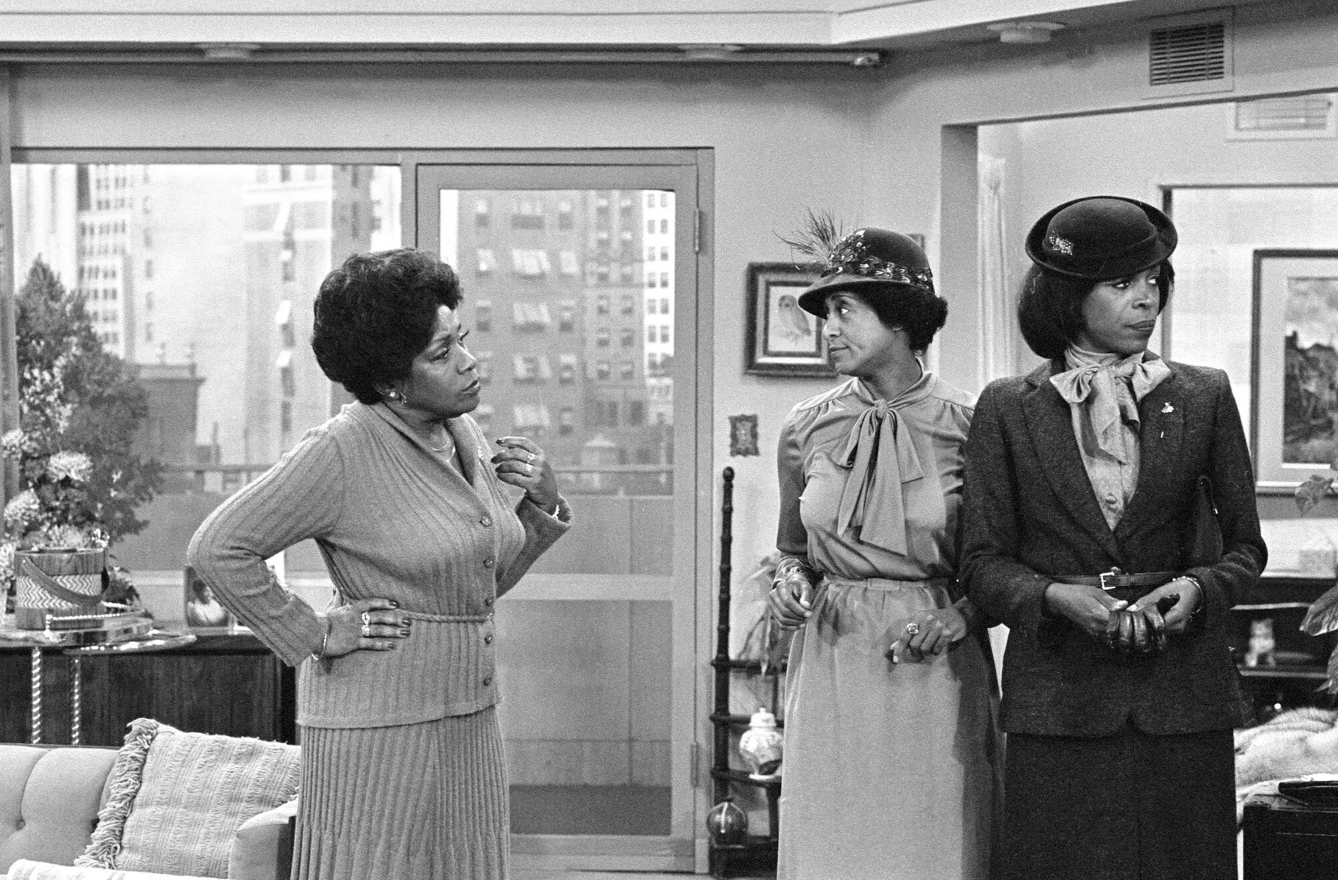Jan. 11, Rhonda Garelick, distinguished professor of English and journalism at SMU Dallas, for a piece about the late Amalija Knavs, the mother of Melania Trump, and her quiet but certain influences on members of the First Family. Published in Garelick’s New York Times ‘Face Forward’ column under the heading: The Inscrutable Glamour of Melania Trump’s Mother: http://tinyurl.com/4t87ucs2
Throughout the Trump presidency, Amalija Knavs — mother to first lady Melania Trump — was something of a mysterious figure. Mrs. Knavs, who died earlier this week, rarely made public comments or gave interviews. Striking and perfectly coifed, Mrs. Knavs was a recurring but almost entirely silent presence during the Trump presidency, much like her daughter.
Mrs. Knavs and her husband Victor appeared often in the background of photos of the first family, accompanying them on trips to places like Camp David or Mar-a-Lago, and attending special events. And there’s something startling, even uncanny about photos containing both the Trumps and the Knavses: The two couples look like mirror images of each other. Mr. Trump and Mr. Knavs, just two years apart in age, have similar physiques and stature — even hair styles.
Continue reading “The Inscrutable Glamour of Melania Trump’s Mother”











